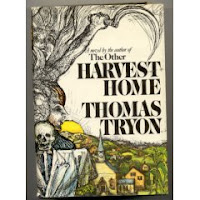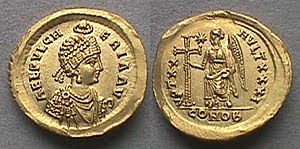Memorial of Saint Jerome, Doctor of the Church, patron of libraries and librarians, archivists, Bible scholars, translators, and students. Among other things in a long and full life, he wrote extensively in defense of orthodox Christianity against the heresies of Origen, Helvidius, Vigilantius, and Jovinian, and revised the Latin text of the Bible.
He could also be the patron saint of those with a bad temper, because his own irascibility comes through in his writings and his dealings with people. He was one that did not suffer fools gladly. As you might imagine, this did not make him very popular, and quite often he found it advisable to move along.
The Apache leader Goyathlay is said to have been nicknamed "Geronimo" by Mexican soldiers praying to the saint for help against him. Perhaps the soldiers thought that a stubborn and irascible saint would be of good use against a stubborn and irascible warrior.
He could also be the patron saint of those with a bad temper, because his own irascibility comes through in his writings and his dealings with people. He was one that did not suffer fools gladly. As you might imagine, this did not make him very popular, and quite often he found it advisable to move along.
The Apache leader Goyathlay is said to have been nicknamed "Geronimo" by Mexican soldiers praying to the saint for help against him. Perhaps the soldiers thought that a stubborn and irascible saint would be of good use against a stubborn and irascible warrior.
Saint Jerome loved to read, and had an extensive collection of books including Greek and Roman philosophers and Christian theological treatises.
 |
| Jerome (and faithful companion) in his library |
Today would be a good day to send a note of thanks or make a donation to your local library. Or both. Libraries are the next greatest invention after books; free libraries are at the forefront of making information available to all, which is necessary for a free society.





































